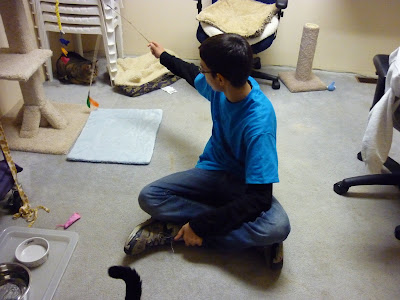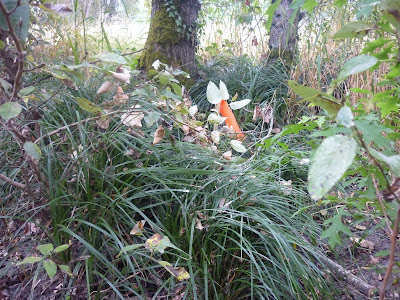Step 3:This proposed Community Garden fits into existing plans for the area because no one is using it, and that it s close to homes so people can walk to the garden/plot.
Step 4:Ways the proposed Community Garden project will likely affect the environment --a.
Will the project cause soil erosion? Yes, and we don't want it. We will level it out. Using terraces and frames for the garden beds.
b.
Will it disturb forests, grasslands, deserts, or other ecosystems? No, not that much.
c.
Will it disturb any habitats of endangered or threatened species? Not that we know of, NO.
Step 5:
Identify any harmful effects of the project that cannot be avoided --Just cutting down trees, and smashing a few bugs aside:) No big deal.
Step 6:Suggested alternatives that would protect the environment, yet still meet the needs of people --Make it smaller, don't do it, or move it some were else.
Step 7:This is just an overgrown, empty plot in a marginal urban neighborhood.
Short-term losses -- Plant life removed and small-animal habitats destroyed.
Long-term losses -- This plot will no longer be an empty plot; it will be cultivated for a community garden. The old trees on the property will be cut down.
Short-term benefits -- People will get food from their garden plots; animal life returns. Neighborhood becomes nicer.
Long-term benefits -- Big, thriving garden with pretty plants. Attracts beneficial birds and insects. Adds to the quality of life for the neighborhood. Is part of the Portland Community Garden Program.
The trade-off between the losses and benefits favor the benefits. That the plot will get more than it loes. Plants will be there people will be able to eat there food they they grew in the plot. The birds and the trees and the plants people grow will change the plot from an eye sore to an plot asset.
Step 8:This proposed project would not permanently prevent other uses of the site because it is easy to rip it out and do something else.
Conclusion:Based on my review of the proposed project, an environmental impact statement would need to include many kinds of important information:
There might be erosion.
The loss will be not as big as the gain of the plot.
The neighborhood might be better and look nicer.
Will it work for the space provided.
Will it afecdt indangerd speshese.
Are ther better ways and better placed to do it.
I think this Community Garden project
should go ahead as designed.









































